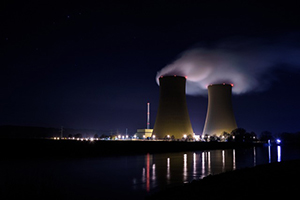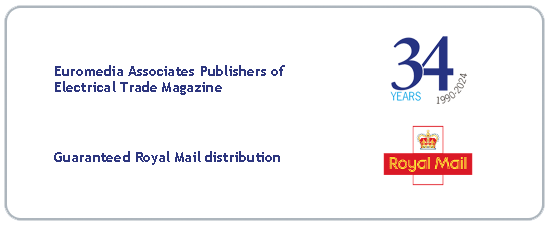The process of identifying and managing energy demand was one of the first to adopt computer technology and the internet. The energy sector began integrating digital technologies in the 1970s and rightly so, because of its high resource levels, costs of failure and outages. Here, Sean Robinson, service leader at utilities control system provider Novotek UK and Ireland, explores the latest technological development for the utility and energy sector.
The pace of digitalisation in energy is increasing rapidly. In fact, global investment in digital electricity infrastructure and software has grown by over 20 per cent annually since 2014. While many energy companies are implementing newer technologies to facilitate grid management, oil and gas companies are turning to digitalisation to improve the decisions behind exploration and production assets.
Big data, the Industrial Internet of Things (IIoT) and artificial intelligence (AI) are some of the leading technological developments across all industry sectors. Spanning these three areas is the concept of the digital twin, which has gained increasing popularity among energy companies in recent years. It can use physics-based digital models of real machines to understand their performance safely and efficiently in a simulated environment.
By creating a virtual copy of a power plant in a digital realm, managers can simulate various scenarios in real-time to improve the operation of the plant, reduce their fuel use and assist in any energy trading decisions.
There are several ways that twin technology can be implemented and, to explain, we will consider it in relation to a digital twin built on GE Digital’s Predix platform.
The first is referred to as a part twin, which is used to capture the operating history and key performance  indicators (KPIs) of the existing plant. The digital twin then draws up insights and notifies the operator of any early warnings or potential problems the equipment could experience, to reduce unplanned downtime.
indicators (KPIs) of the existing plant. The digital twin then draws up insights and notifies the operator of any early warnings or potential problems the equipment could experience, to reduce unplanned downtime.
Next we have the product twin, which can monitor the remaining life of a certain piece of equipment, to protect against unexpected maintenance costs.
In addition to this, a system twin can be integrated to review the company’s revenue against the remaining life and maintenance costs of equipment. Ultimately, digital twins can be used to predict not just potential failures, but also potential business opportunities for energy companies.
While the energy industry is poised for transformation with the increased adoption of newer technologies like digital twinning, plant managers need to begin embracing these new and emerging technologies to further improve their processes and reduce expenditure.




